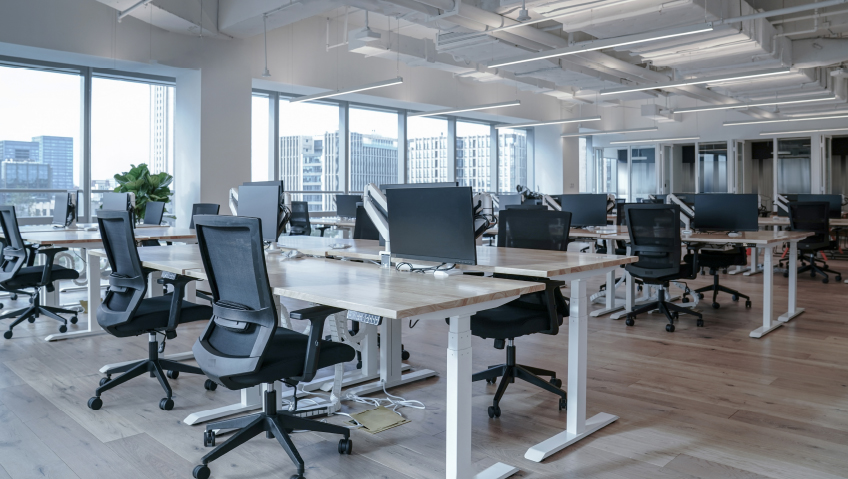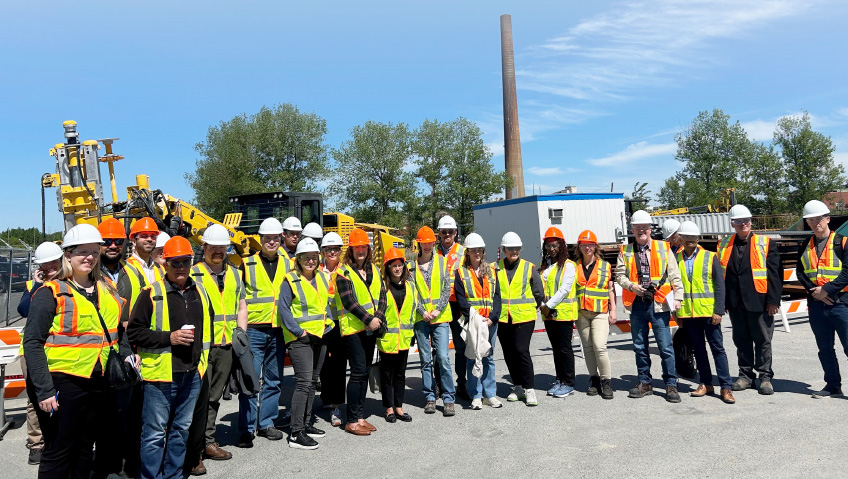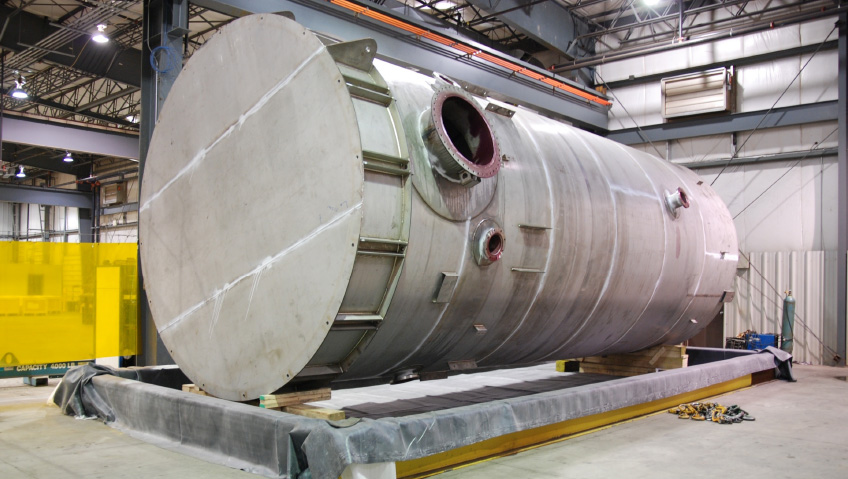For a lot of us, the pandemic has shown that there are more important things in life than climbing the corporate ladder and bringing home big dollars. The uncertainties and challenges of lockdowns have had people rethinking their connection to work, how they work, where they work – and what they do for a living.
The pandemic also allowed formerly place-tethered employees to experience life without the ritual daily commutes, the stress of delivering children to daycare, and other long-practiced daily routines.
The result has been a significant increase in U.S. workers, for example, leaving their jobs. Numbers are up 2.7 percent in April 2021, which is a jump from 1.6 percent a year earlier and the highest level in more than two decades, according to the U.S. Department of Labor. A record 4.4 million people quit their jobs in September of this year.
People are leaving jobs and leaving big city life, and this is having an unprecedented effect on the economies and cultures of small towns. It’s a game-changer in many ways.
“We’re expecting to see a rise in attrition, really across all organizations,” says Steve Knox, Vice President of Global Talent Acquisition for human resources firm Ceridian.
Employers are finding that many employees enjoy working from home and don’t want to return to office life, while others are burned out after a stressful year, Knox says. And rising numbers of employees appear to have used the past 18 months to re-evaluate their life choices and are ready to quit traditional full-time employment. This trend also reflects how the office became less relevant during the pandemic, with teams working remotely and connecting via technology, which allowed workers to be untethered and fundamentally disrupted the necessity of living in a city to work.
Any wave of outmigration from cities affects everything from housing prices and tax revenue to job opportunities, culture and ideology. Population growth is a key driver of GDP growth for any community and an influx of people can increase demand for new goods and services, food and housing, as well as recreational and cultural activities. And better quality of life factors found in smaller towns – less traffic, cleaner air and wide open spaces – are huge drawing cards.
What about the changing workforce? Larger urban centers typically boast more highly educated workers, so a migration of workers from these cities to less urbanized communities can positively impact the intellectual capital of smaller towns. Similarly, larger cities tend to be more cosmopolitan in their thinking. Movement from these centers to small markets contributes to ideological and cultural diversity. This outcome might help smaller markets fend off youth-outmigration, retaining young people who could otherwise be lured to the big city in search of broader cultural experiences.
So how can businesses best adapt to these changing realities?
Things are still very much in the experimental stage, with businesses trying new models and augmenting these working models with input from employees to get it right to retain talent. Some companies have opted to go completely remote and completely decentralized, while others are deploying hybrid work environments.
A key objective of these new working models is to remain competitive in terms of attracting human resources and offering better working environments that are more flexible and balanced and less prone to career burnout. An “asynchronous hour” model is being considered by some companies, where staff work core hours so that meetings and other collaborations can more readily occur. Core meeting times are prescribed in such a way that all staff can participate but allow for maximum flexibility in working hours. This way, you can still fit in exercise breaks, meal prep and other chores during your workday.
Not surprisingly, Zoom fatigue is a common theme of the pandemic and is often considered when developing such models. Some organizations have set aside days of the week where meeting requests are kept to a minimum, allowing staff to focus on key projects and prioritize tasks. Companies are also improving their intranet capabilities to document meeting notes and conversation details so that decisions and meeting outcomes can be instantly reviewed. Along these same lines, apps are being deployed where employees can log and store customer calls and other client-related data to communicate more efficiently.
Other hybrid workplace models are also taking shape, established on the basis that the actual activity of work is more important than where it occurs. As such, employees are given the option of where and when they choose to work. Many of these models have an overriding philosophy that assumes the employee knows best and thereby permits maximum schedule flexibility.
Physical offices are reimagined as hosting centers. If work requires collaboration, the hosting center can be used. However, if a project faces a critical deadline, employees can choose to concentrate their efforts from a quieter, less obtrusive remote working space of their choice.
Hybrid models create even more flexibility for companies with a global reach, and employees can work anywhere in the world hosting centres are located.
Harvard Business Review reports these hybrid work models are expected to proliferate in 2022. And while some employees plan to keep working remotely exclusively, fewer are prepared to give up the office entirely. Care.com surveyed 500 human resources leaders and C-suite decision-makers to find out how they plan to attract and retain talent: “66 percent said they plan to offer greater work flexibility, a family-friendly benefit with no direct costs to the business.”
Of course, having the right software in place is critical for business, now more than ever. Wingman Contact Management software, for example, is a popular tool for cataloguing every client interaction. Slack is an app that helps people to efficiently connect and communicate in real time, promising to improve and speed decision-making.
Another virtual tool gaining users is Miro, which a collaborative whiteboard. This solution enables teams to remain engaged and playful during brainstorming and to effectively capture ideas and feedback. Miro helps keep people, whether they’re in a business center part-time or fully remote, to stay connected and collaborative anywhere and anytime.
Many of these software advances, combined with flexible hours and less structured work arrangements, have delivered improved productivity. The problem is, work and home boundaries are becoming increasingly blurred. When do people actually turn off for downtime? And what are the health and family implications?
Mercer, an HR and workplace benefits consulting firm, found that ninety-four percent of 800 employers the company surveyed in 2020 said that productivity was the same as or higher than it was before the pandemic, even with their employees working remotely. “Historically, there has been a perception in many organizations that if employees were not seen, they weren’t working – or at least not as effectively as they would in the office,” says Lauren Mason, Senior Consultant at Mercer.
“And in most cases, this forced experiment around remote working as a result of COVID-19 has shattered those perceptions to prove that most employees can actually be trusted to get their work done from home,” she added. “As organizations are thinking toward the longer term, they are looking at how they can execute flexibility at scale to deliver on the value of flexible working, like enhanced performance and productivity, a better employee experience, an expanded talent pool and, in some cases, potentially reduced costs.”
Despite these improved outcomes, more changes may be needed to protect employees from overcommitting to work at the expense of family life or recreation.
What is clear is that work needs to be organized more effectively around tasks that need to be completed versus where this is done and the hours in which it occurs. This means that the conventional eight-hour day also needs to be reconsidered. The outdated notion that hours worked and productivity have a direct correlation needs to be rethought.
“A new partnership is required,” says Sir Cary Cooper, professor of Organizational Psychology and Health at Alliance Manchester Business School in England, “one that recognizes the immense challenges to employee wellbeing, as well as the need for a more personalized approach. As an academic, author and adviser, I’ve been promoting the importance of mental health and wellbeing at work for over 50 years and have noted the impact that ambiguity and uncertainty have on health, wellbeing and performance.”
Bottom line, the pandemic has shocked the working world into finding a more finely tuned work and life balance that experts say will witness enduring productivity, greater employee well-being, and less stress and burnout – and these changes will be a far better fit for the future.






